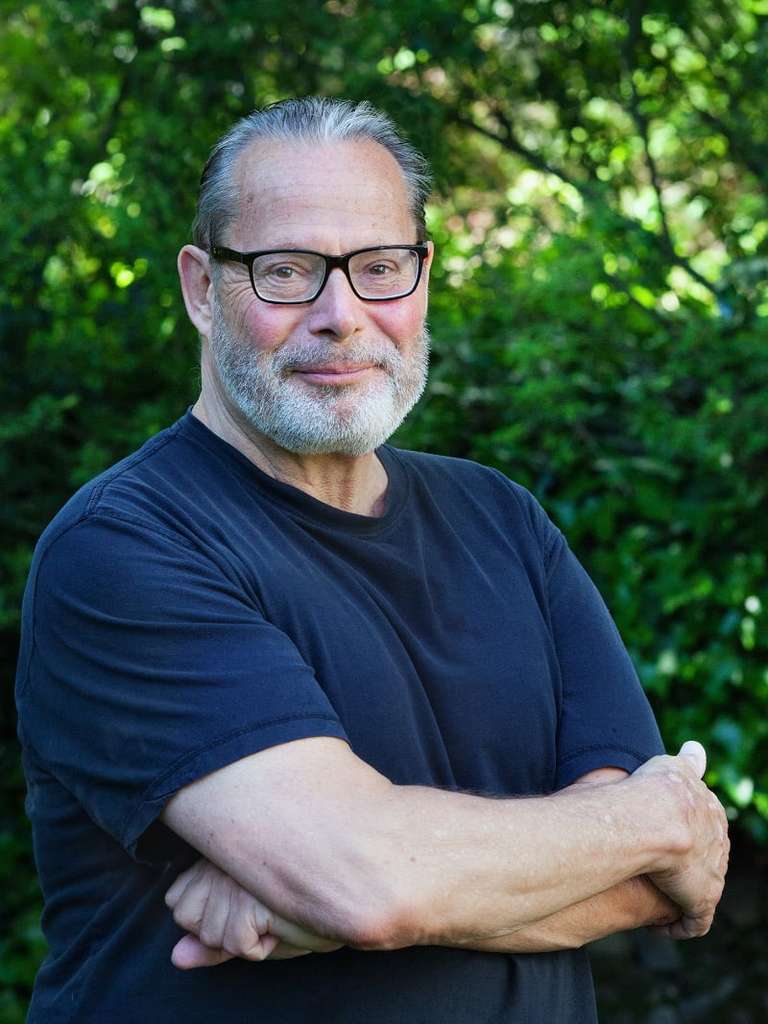
A top 10 environmental thanks
But on the environmental front, we are constantly bombarded with stories of impending crises, environmental disasters, ecosystem collapse and species loss. Not only does this relentless doom-and-gloom depress everyone, such…
Thanksgiving is the one national holiday that has avoided being despoiled by excessive commercialization. It is a time when families and friends gather to appreciate one another and be thankful.
But on the environmental front, we are constantly bombarded with stories of impending crises, environmental disasters, ecosystem collapse and species loss. Not only does this relentless doom-and-gloom depress everyone, such negativity presents a distorted view of the big picture and has been proven counterproductive in motivating environmental action.
So let’s use Thanksgiving as an occasion to celebrate the many positive stories and trends in the environment and in conservation — like these 10:
- Global energy-related carbon dioxide emissions held constant in 2014 — the first year since the Industrial Revolution that growth in CO2 emissions has stalled without there also being an economic downturn. In other words, 2014 could well be the initial baby step towards an economy that is “de-carbonized” — meaning, economic activity thrives without burning fossil fuels.
- A big reason CO2 emissions stalled in 2014 is the impending end of coal. As recently as 2000, the United States got 50 percent of its electricity from coal — now that figure is only 36 percent. China is covering its growth in electricity demands almost entirely with renewables. In the first nine months of 2015 global coal use has declined between 3 and 5 percent compared to the first nine months of 2014. This prompted the following headline in Bloomberg News, “Global coal consumption heads for biggest decline in history.” The environmental and public health benefits of coal’s demise cannot be overstated. Getting out of the “coal for electricity business” is a good step forward — next we need to get out of the “coal for heavy industry business.”
- We have all heard about the ecological shame of our over-the-top American meat-eating ways. The good news is that our diets are changing. In the United States, beef consumption peaked in 1977 at 59 kilograms (or 130 pounds) a year per person. Ever since, U.S. beef consumption has been falling, and in 2011 was down to 37 kilograms (or 82 pounds) per person per year). Scaled up to the 311.6 million people that live in the United States, this shift represents a reduction in greenhouse gas emissions of 317 million metric tons of carbon dioxide, the equivalent of removing some 67 million cars from the road. And it is not just reduced beef consumption that heralds improving diets. The entire food industry is being driven to change its products in response to changing public preferences. While most of those preferences are driven by health concerns, many of our dietary trends also bode well for the environment.
- We often think of the United States as having a car culture, and being an automobile-loving society is not good for the environment — not just because of the greenhouse gas emissions, but because of runoff from the impervious surfaces we drive on and how our highways sever migratory corridors. But remarkably, U.S. residents have been driving less and less since 2004 as measured by vehicle miles traveled per capita. This trend is due primarily to the next generation — 16 to 34-year-olds who are postponing acquiring driver’s licenses and buying cars, and are instead turning to public transit. From 2001 to 2009 the use of public transit by 16 to 34-year-olds increased by 40 percent. This generation also favors smart growth and is demanding bike paths and other alternatives. These trends are potentially fantastic news for the environment, especially as we move to an even more urbanized society.
- Not only may we be turning the corner on greenhouse gas emissions, so too may we be turning the corner on ocean protection. As recently as 2000, less than 1 percent of the world’s ocean was under protected area status. Thanks to leaders such as Jane Lubchenco, marine conservation has finally been getting the attention it deserves, and in the last decade the total area of the world’s ocean that is managed for conservation (i.e. is designated a “protected area”) has quadrupled — from 2 percent to more than 8 percent. And that 8 percent figure does not include the more than 1 million square miles of ocean protected areas declared in 2015 by the tiny Pacific Island nation Palau or the additional 400,000 square miles that President Obama added to the Pacific Remote Islands Marine National Monument in September 2014. That is real momentum.
- Speaking of oceans, “the end of coral” slogan is one of the poster children for environmental doom and gloom. Unquestionably, corals suffer at the expense of bleaching and ocean warming. But nature is inventive, and time and again evolution responds to environmental challenges so long as sufficient genetic variety is at hand to experiment with. Just last month, scientists discovered that certain combinations of coral and algae were unusually tolerant to extreme temperatures and thus more likely to survive a severely warmed ocean. Of course, this is no guarantee corals will survive anything we throw at them — but it does point out that the end of coral is not a foregone conclusion. Scientific discovery combined with proactive interventions and policy could make a difference.
- Corporate sustainability is increasingly mainstream and seen as an endeavor that enhances profitability. The number of companies that include sustainability as a top management agenda item jumped from 46 percent in 2010 to 65 percent in 2014. Conversely, between 2009 and 2014, the percentage of companies that have not created a sustainability business case dropped from 42 percent to 23 percent. CEO leadership plays a major role in these trends, because the short-termism of the investment world is a force against sustainability. For example, Paul Polman halted the issuance of “quarterly reports” when he took over as CEO of Unilever, one of the world’s largest commodity consumer product corporations.
- Although it has critics, the U.S. Endangered Species Act has to rank as one of the world’s great environmental success stories. Wolves are back (even in California!), the American eagle is back, alligators are abundant, the peregrine falcon is thriving, and even small wildflowers such as the purple coneflower in Tennessee have been spared from extinction by a mix of science and action. Many species of whales which were once on the brink of extinction have come back. The gray whale was delisted in 1994, and now humpback and California blue whales are recovering to numbers last seen in the 19th century.
- I think everyone realizes that developed nations have made huge strides in cleaning up their air and water, with the U.S. Clean Air and Clean Water Acts standing out as turning points. But sometimes we forget how bad it really was before we took action, and how much better it has gotten. A recent book, London Fog: A Biography, makes vivid just how much we have improved our urban air in the last half-century. The famous London fogs were actually filled with particulates from domestic and industrial coal fires. Even into the 1950s, when people coughed in London they coughed up black mucous, and during one episode known as the “Great Killer Fog of 1952,” a performance of Verdi’s opera “La Traviata” had to be cancelled because the audience could not see the stage through the sooty air that had seeped into the theatre. Clean air acts passed in the UK in the 1950s and 1960s helped alleviate the problem, just as similar actions cleaned the air in L.A. and other American cities, and are now spreading to China and other countries.
- Lastly, thriving nature can be found in the most unlikely places. Elk, deer, wild boar and wolves occur in record abundances within the evacuated zone of Chernobyl, the world’s worst nuclear accident. In fact, compared to nearby nature reserves, wolf abundance is seven times higher in Chernobyl. Put differently, one could conclude that humans are worse for wildlife than radiation. But a more positive spin is that if humans give wildlife the needed space, mammal populations can rebound and flourish.
The bottom line: When we pay attention, and implement laws or incentives, or make big investments in improving the environment, or just give nature a chance, we get results. There is no “one way” to success — but there are a lot of government scientists, university researchers, business leaders, student activists, teachers, writers and artists who either get us to pay attention, or who, once they have our attention, come up with practical solutions.
Not only may we be turning the corner on greenhouse gas emissions, so too may we be turning the corner on ocean protection.
I am thankful for my colleagues in conservation and in the environmental arena, the many successes they have achieved, and the many more to come. I even sense that we are turning the corner on climate change — not yet in terms of innovation — but at least in terms of public awareness. From the Pope to the U.S. military to the World Bank and Islamic scholars, the world is calling for action on climate. That is surely something to be thankful for.
I wish you a very happy Thanksgiving day.

